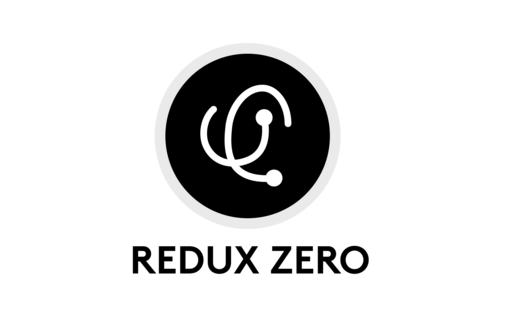

A configuration file allows far more flexibility than CLI usage. This will be useful for more complex configurations that need to be split into multiple files. We use the -config option here only to show that you can pass a configuration of any name. Webpack is instructed that react and react-dom are external so they are no longer bundled by webpack. If a is present, the webpack command picks it up by default. They can now be referenced from the tag paths in the html.


Throughout the Guides we will use diff blocks to show you what changes we're making to directories. This copies react and react-dom into webpacks output directory, versioning the directory automatically based on their installed version.
#Unpkg or webpack install
webpack simplifies your workflow by quickly constructing a dependency graph of your application and bundling them in the right order. First let's create a directory, initialize npm, install webpack locally, and install the webpack-cli (the tool used to run webpack on the command line): mkdir webpack-demo cd webpack-demo npm init -y npm install webpack webpack-cli -save-dev. To start using webpack from its cli or api, follow the Installation instructions.
#Unpkg or webpack professional
The Labels Package is part of Kendo UI for Vue, a professional grade UI library with 90+ components for building modern and feature-rich applications. npm install lodash (A modern JavaScript utility library delivering modularity, performance & extras.) index.js. The Labels components are part of the Kendo UI for Vue library which provides native Kendo UI for Vue components for the Vue ecosystem and are available under the kendo-vue-labels NPM package. Webpack is a static module bundler for JavaScript applications. Lets consider an example of using lodash in a project. After adding these to package.json, webpack can be used from command line.


 0 kommentar(er)
0 kommentar(er)
